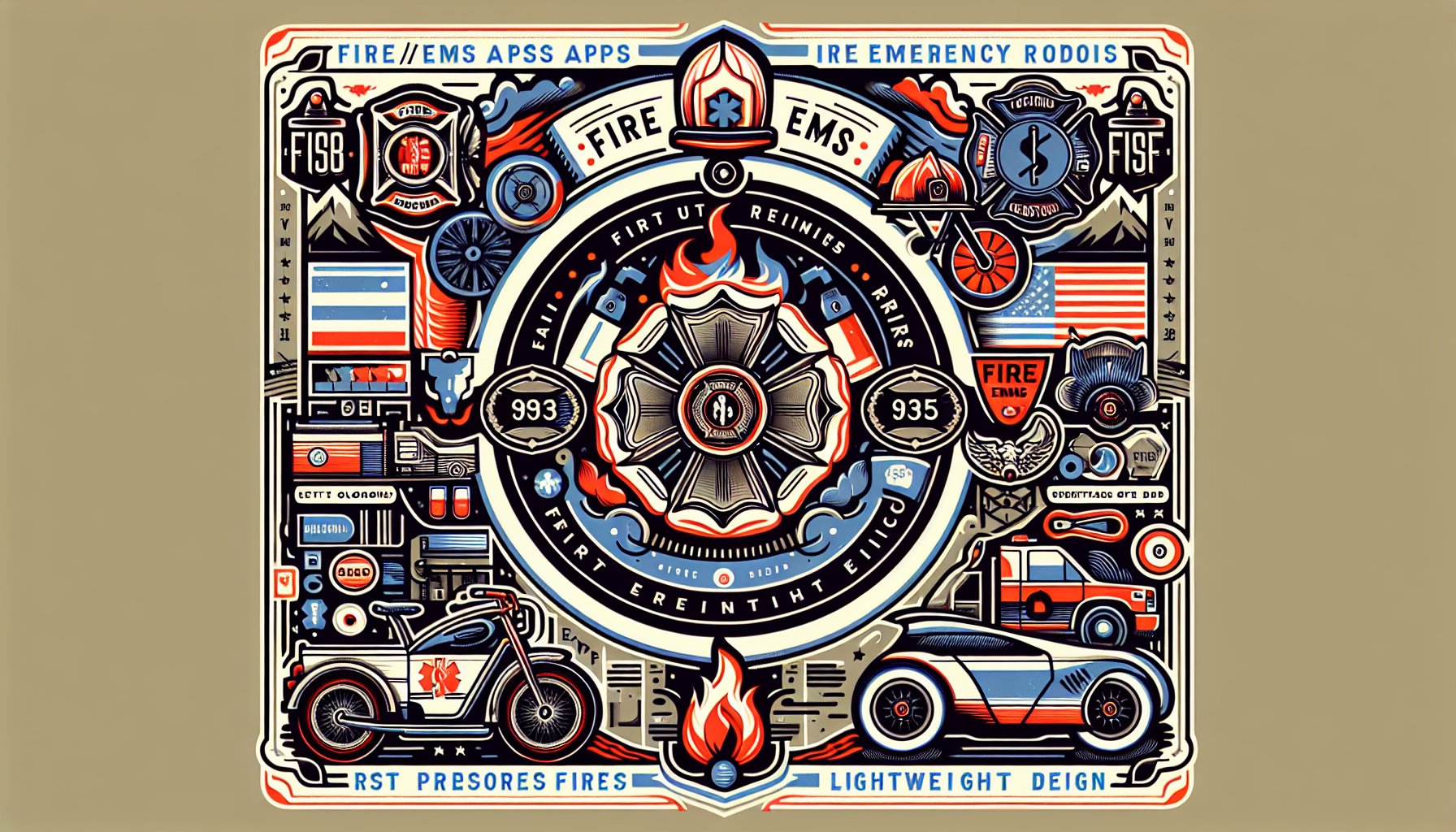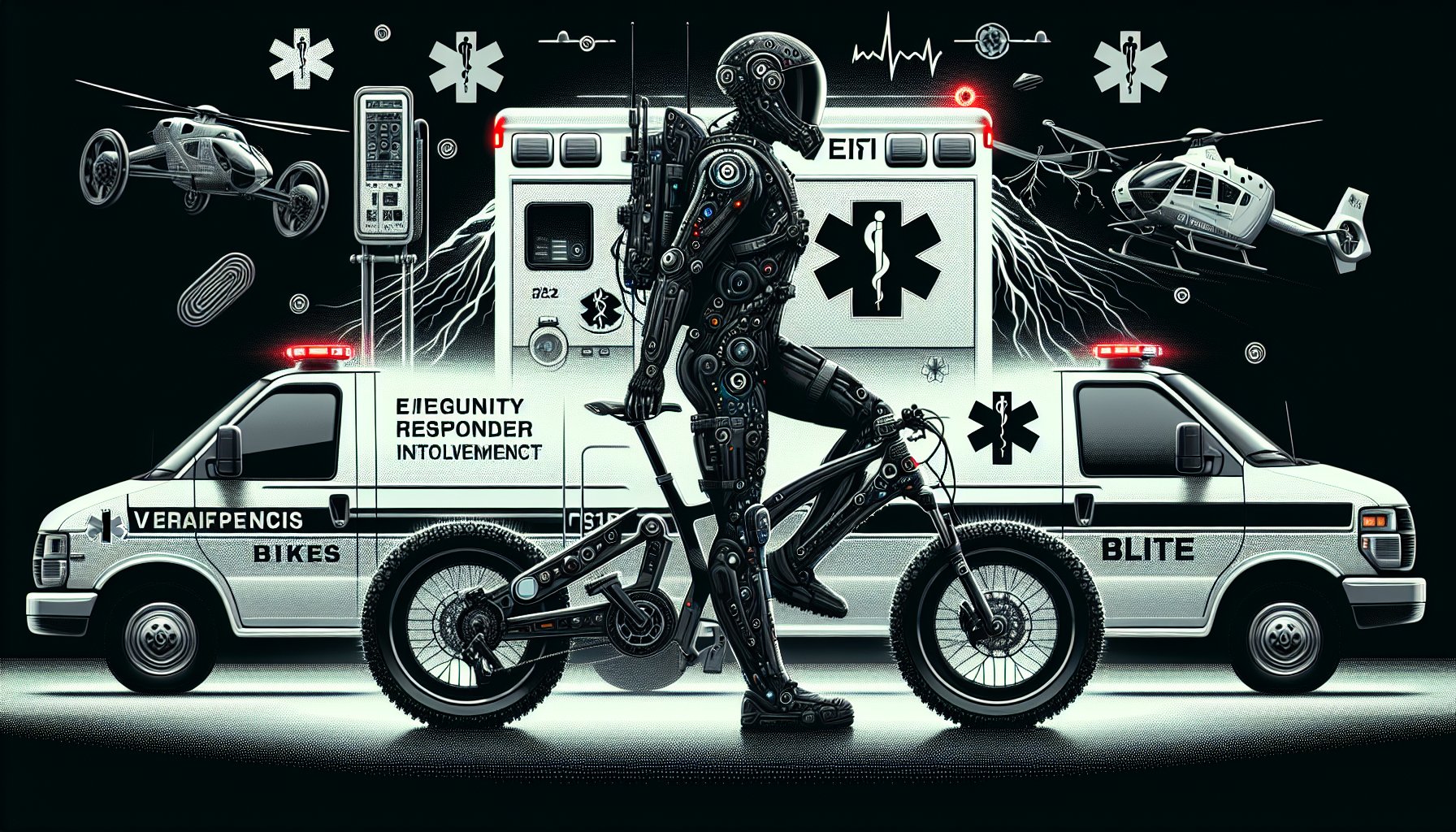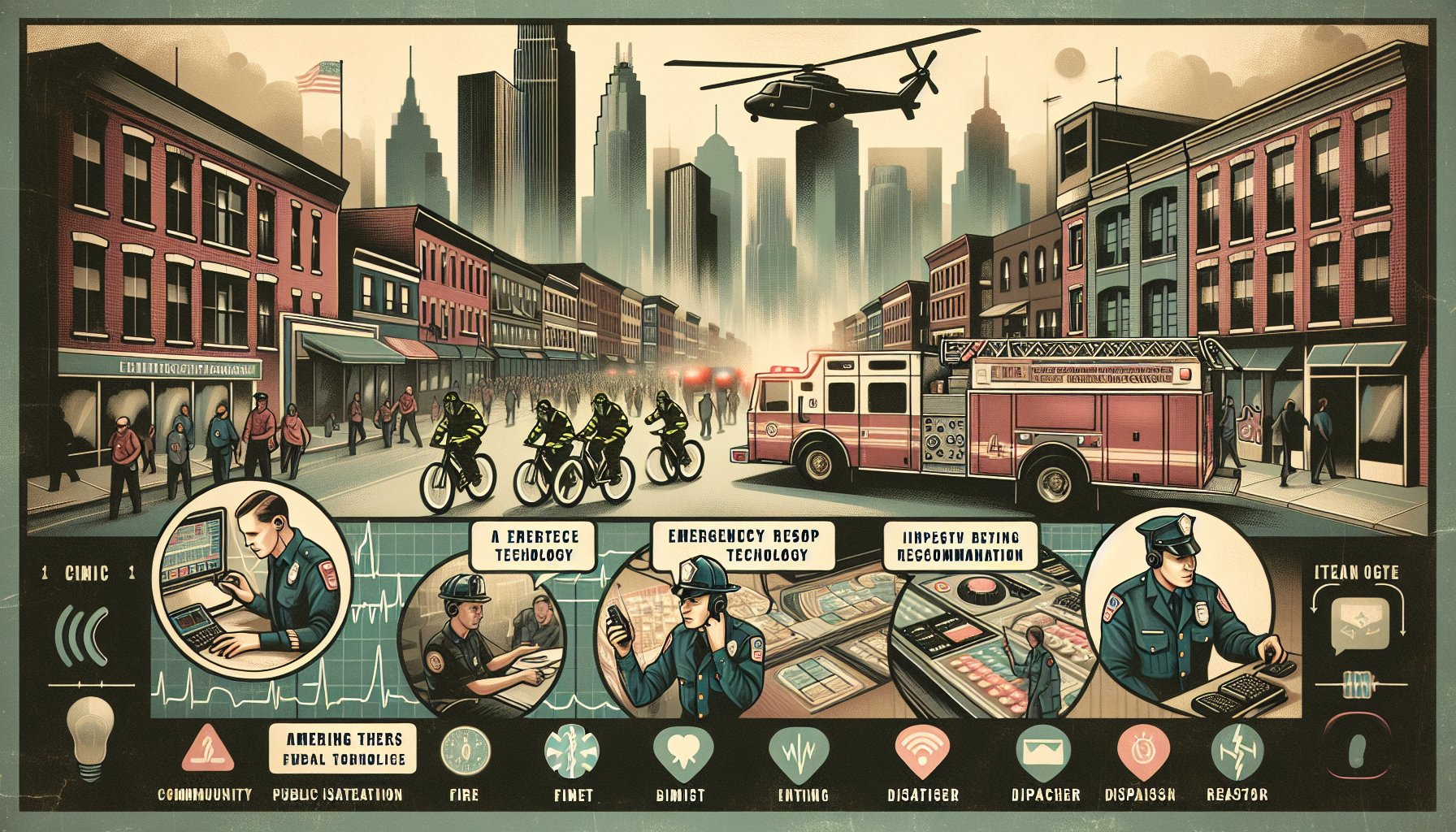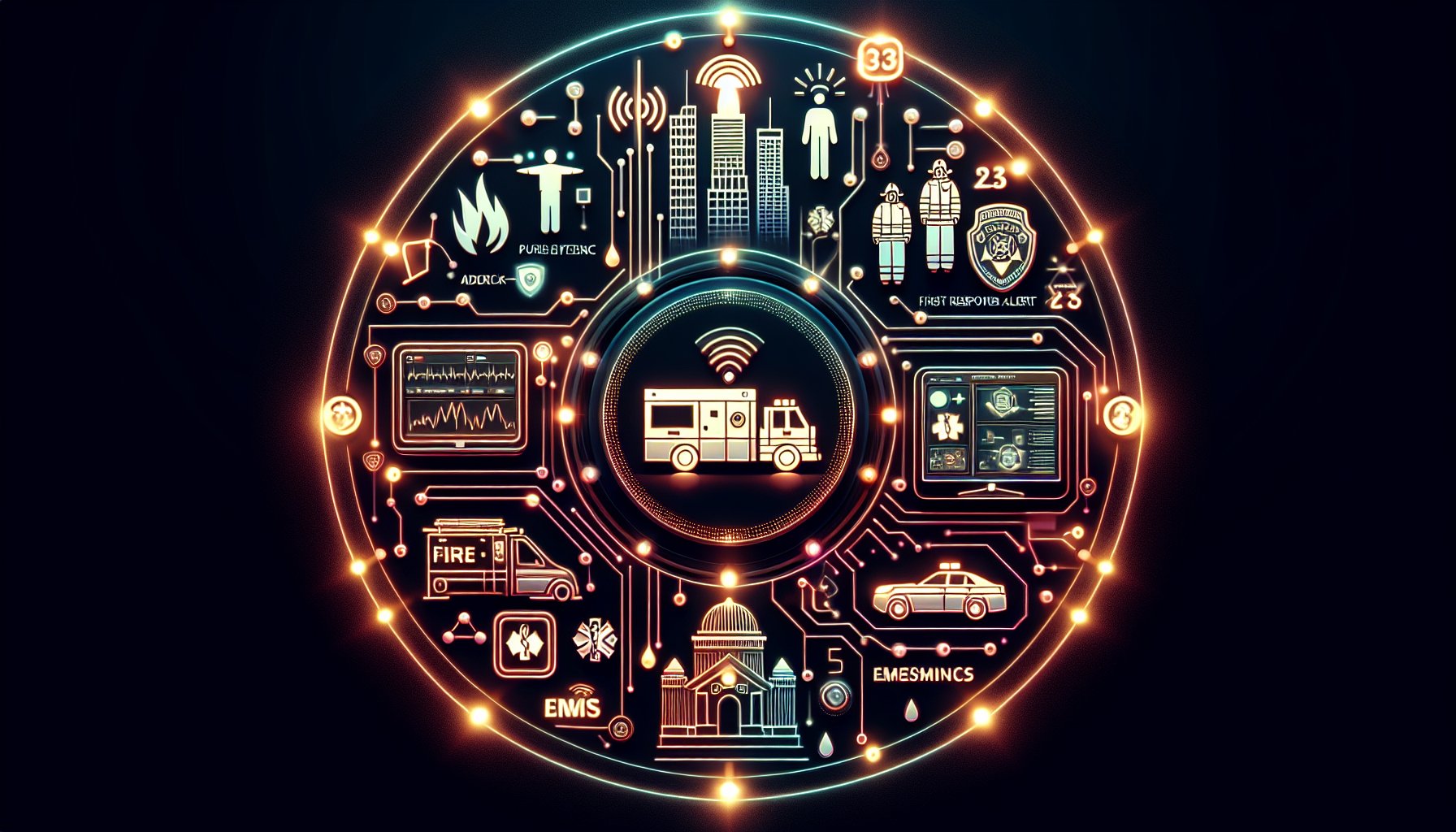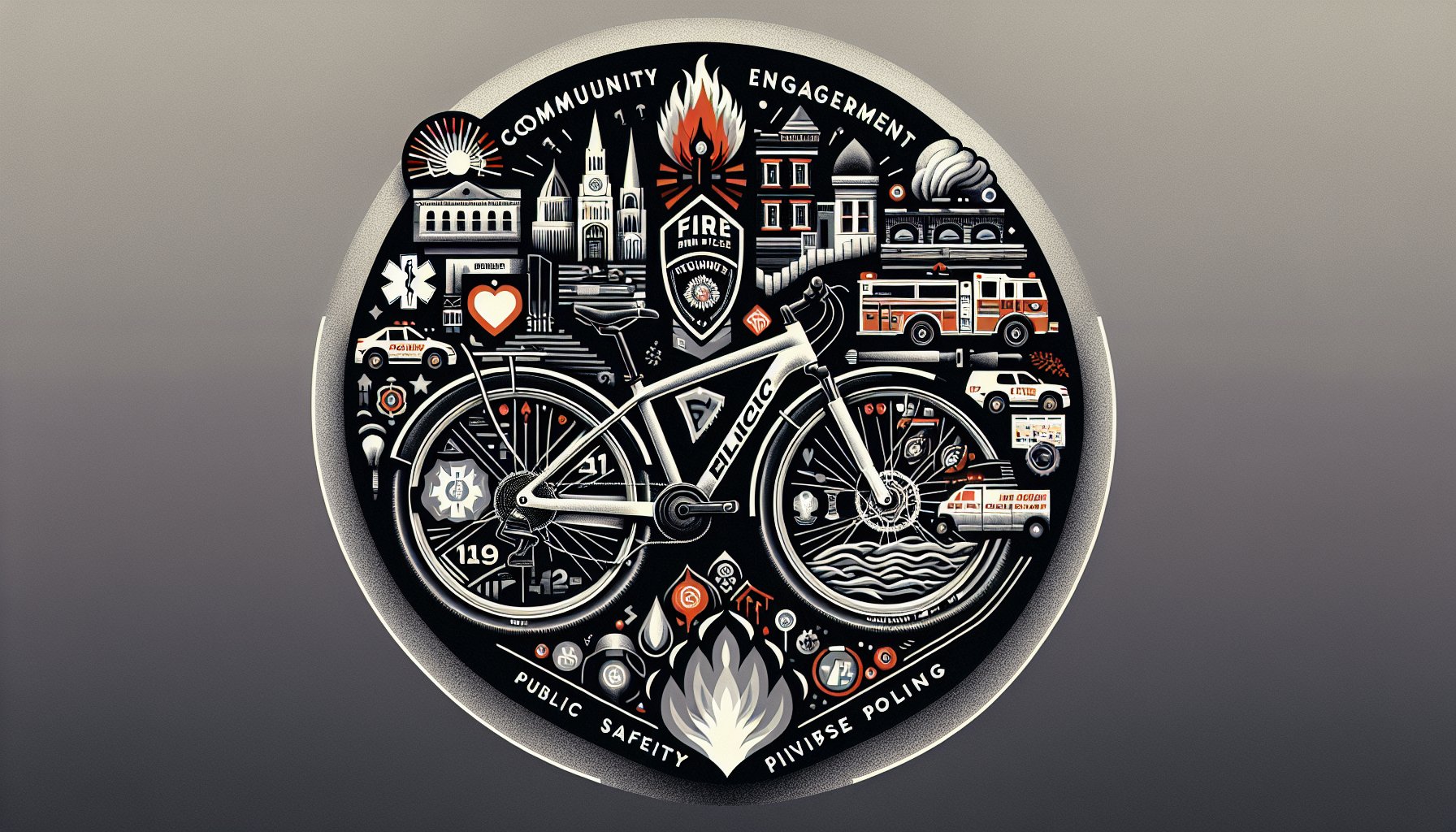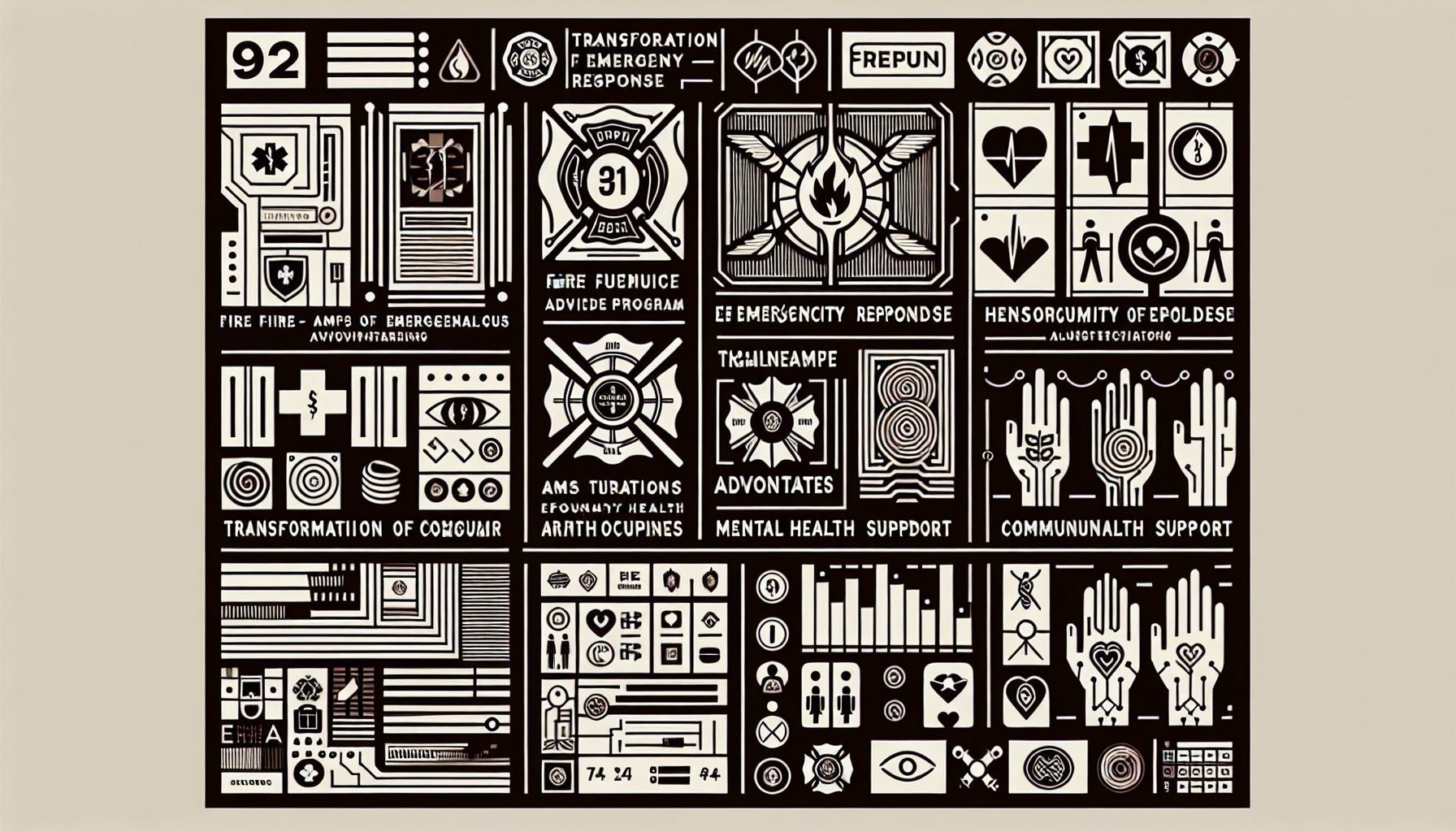Fire/EMS APB
12 Innovative Fire/EMS APB Solutions for Modern Challenges
Discover how 12 innovative Fire/EMS APB solutions are transforming emergency response. From electric bikes to AI-driven strategies, learn how these advancements are addressing modern challenges and enhancing community safety.
Sep 05, 2025
13 min read
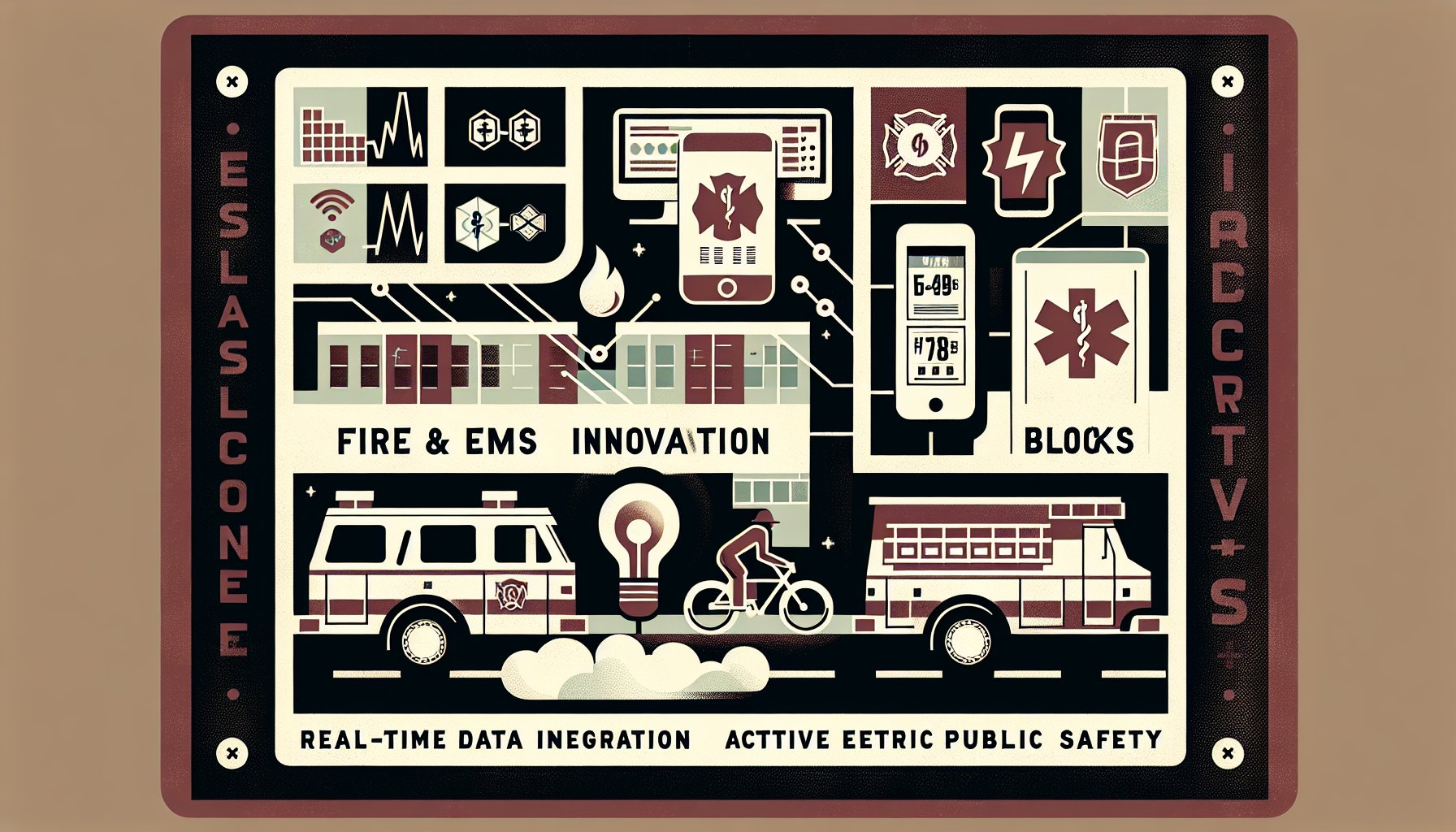
Riding the Flames: 12 Innovative Fire/EMS APB Solutions for Modern Challenges
In a world where the stakes of emergency response are evolving faster than your smartphone's operating system, innovation in fire and emergency medical services (EMS) is burning hot. With challenges ranging from climate-amplified natural disasters to the demands of urban sprawls, fire and EMS organizations are donning their thinking caps and pulling out all the stops. They're not just fighting fires; they're igniting a revolution in public safety with Active Public Safety Blocks (APBs), a framework designed to make responses faster, more informed, and as smooth as a firehouse dalmatian's coat.
Enter Volcanic Bikes, an outfit renowned for its commitment to environmental sustainability and urban mobility. Picture this: a fire or EMS team zipping through congested city streets not in hulking fire engines but on sleek, electric-powered bikes. These agile machines can dart through narrow alleys and weave through festival crowds to ensure first responders get where they need to be faster than you can say "emergency." Talk about pedal power; it's a modern twist on traditional methods that keeps pace with the world as it's spinning today.
Let's not forget about the flying gadgets, drones are stealing the spotlight too. Armed with thermal imaging cameras, drones offer a bird’s-eye view of emergencies, helping teams assess situations before they even set foot on the scene. This tech boost not only sharpens situational awareness but also streamlines resource allocation and decision-making, serving lives on a platter of high-tech precision.
And the data revolution? Oh, it's here, and it's analyzing everything from call patterns to neighborhood risk factors, kind of like the Google Maps of public safety. Fire departments can now predict emergencies like they’re reviewing Yelp reviews for the best brunch spot. This kind of proactive planning helps prevent fires before they start, proving that sometimes the best offense is a good defense.
Beyond technology, collaboration is becoming the secret sauce. As seen with partnerships like those of the Palm Beach Police Department, linking arms with community organizations isn't just a feel-good exercise; it's a strategic move that results in safer communities and smoother operations. Trust-building activities, like educational programs on emergency preparedness and joint drills, don’t just bolster community ties, they make everyone more ready for whatever comes their way.
Ultimately, APB solutions symbolize more than futuristic tech; they embody a proactive, collaborative mindset that's redefining the human element in emergency response. Fire and EMS organizations are no longer just the brave souls running into burning buildings, they're critical allies in community health and safety. By embracing new ideas and technologies, these agencies are meeting today’s challenges head-on, proving that sometimes when you fight fire with fire, you end up with innovation.
1. Ignition Point: Lighting the Fuse of Modern Communication
So, where's the flame of change igniting in emergency services? Right in the heart of communication technology. APB systems are now the ignition point for modern emergency management, think of them as the hotline bling of effective communication. They ensure that vital details reach the right ears in a hot second. Imagine a wildfire inching closer to suburbia. An APB system can instantly broadcast evacuation routes and real-time updates, keeping residents informed without the chaos of panic.
A shining example is the California wildfires, where municipalities that employed advanced APB systems were able to execute orderly evacuations with the elegance of a ballet performance, saving lives and sanity in the process.
And it's not just about quick broadcasts; it's about harmony. Agencies that used to operate in silos are now singing from the same hymn sheet thanks to APB systems, creating a unified approach to chaos. The 2018 Camp Fire in Butte County showed us the power of a unified message. Once APB systems were in place, agencies could communicate seamlessly, reinforcing the community's trust and coordination in a crisis.
As such, fire and EMS agencies are wise to keep upgrading their communication tech. Integrating APB systems with social media doesn’t just broaden the reach, it ensures younger residents are looped in on platforms they scroll more often than grocery lists. It's about creating a resilient, informed community ready for the unexpected.
2. The Heat of the Moment: Real-Time Data Integration
In emergencies, every second is like gold dust, precious and with the potential to save lives. Real-time data integration is the golden goose here, equipping first responders with actionable insights before they’ve even buckled their seat belts.
Picture a fire in a bustling neighborhood. Real-time data means dispatchers have a live feed of city surveillance and traffic management systems, giving responders a complete picture of the scene before they even get there. It's like equipping them with a superhero-worthy heads-up display detailing building layouts and traffic conditions for the optimal route.
The Palm Beach Police Department uses real-time data to get their ducks in a row, ensuring that every responder has the context they need to make informed, life-saving decisions on the fly. It’s like having a GPS for emergency response that’s constantly recalibrating and optimizing the path to safety.
Sure, there are challenges like ensuring different systems can talk to each other and battening down the hatches on cybersecurity. But the payoff? Enhanced situational awareness and lightning-fast response times are well worth the effort. In the heat of the moment, real-time data isn’t just an upgrade, it’s a lifeline.
3. Turning the Tide: Drones as First Responders
Move over, old-school fire trucks. Drones have entered the chat. These flying wizards of information gatherers are revolutionizing how fire and EMS agencies operate, offering capabilities that used to be the stuff of science fiction.
Take the Palm Beach Police Department. They're deploying drones to catch a bird’s-eye view of crises before responders even arrive. Equipped with high-resolution cameras and thermal imagery, these drones are like a digital crystal ball, providing crucial information that can save lives and keep responders safe.
In Anaheim, drones are becoming the public safety team's aerial allies, whether monitoring large events or aiding in search and rescue missions. It’s a case of technology and strategy joining forces to ensure community safety like never before.
Of course, the road to full drone integration has its bumps, regulatory challenges, privacy concerns, and the need for specialized training. But as agencies rise to these challenges, drones are proving to be invaluable allies, reshaping emergency responses and turning the tide in favor of proactive, intelligent solutions.
4. From Wheels to Waves: The Impact of Electric Bikes on Emergency Services
When it comes to navigating tight urban jungles, electric bikes (e-bikes) are the nimble ninjas of the EMS world. They're not only fast and agile but also environmentally friendly, tackling traffic congestion like a pro.
The Palm Beach Police Department is already reaping the benefits, with officers patrolling scenic yet crowded areas on e-bikes. This isn’t just about eco-friendly transportation; it’s about putting responders closer to the action and the people they serve. It’s a winning combination of visibility, accessibility, and speed.
Anaheim's public safety strategy also incorporates e-bikes, especially for events where traditional vehicles wouldn’t stand a chance. The result? E-bikes are not just helping move people but leading the way in emergency responses.
Though training personnel on these modern steeds is crucial, the payoff in speed, accessibility, and eco-friendliness makes e-bikes a powerful addition to the emergency service toolkit. They’re not just gadgets, they’re game-changers.
5. The Command Center of the Future: Unified Communication Systems
The command center of the future is dawning, a brave new world where fire, EMS, and law enforcement are more connected than your favorite social media platform. It’s all about seamless integration and keeping the lines of communication wide open.
Picture a fire breaking out, and every relevant department gets the memo simultaneously. Thanks to unified communication systems like those adopted by Palm Beach, this dream scenario is becoming reality. This connectedness not only speeds up response times but also builds trust and cooperation among agencies.
Communication gaps? Not in this future. Anaheim's approach strengthens community relationships, with integrated tools allowing real-time feedback and updates. It’s a recipe for success, ensuring all parties are synced and on the same page.
This ideal command center isn’t just about technology, it's about the people using it. Training and ongoing engagement are key to turning this tech into a lifesaver rather than a source of confusion. It’s about creating a response ecosystem where everyone knows their role and is ready to act effectively when duty calls.
6. Virtual Reality Training: Preparing for the Unpredictable
Emergencies are unpredictable beasts, which is why virtual reality (VR) training is a game-changer in the world of emergency response. It takes training from theory to practice without the risk or the mess.
Imagine a firefighter stepping into a digital inferno, feeling the heat and hearing the crackle minus the burns. VR isn’t just immersive; it provides a safe space to practice life-saving techniques under pressure, a sort of dress rehearsal for disaster.
Palm Beach Police Department has seen recruits improve their response times and confidence after VR sessions. It’s not just firefighting; EMS personnel can practice navigating multi-car pileups on virtual highways without real-world consequences. It builds mental resilience and prepares them for anything.
Customizable for different departments, VR training can replicate scenarios from active shooter situations to domestic incidents, as tested by the Anaheim Police Department. Such training hones skills crucial for modern-day emergencies.
VR is the transformative tool needed to prepare first responders for future challenges. It’s more than high-tech training; it's about building readiness and resilience in the face of uncertainty.
7. Smart Wearables: The Frontline of Firefighter Health and Safety
In an era where wearables are no longer just for counting steps, smart wearables are stepping up to the plate in firefighting. These devices are not just trendy tech, they’re lifesavers monitoring vitals and ensuring our heroes come home safe.
Take Jessica, a firefighter who experienced sudden fatigue during a wild call-out. Thanks to her smart wearable, her team was alerted, and she received immediate medical attention. It’s the kind of intervention that underscores the life-saving potential of these devices.
Beyond just physical health, wearables help manage stress and sleep, tackling the heavy psychological toll of firefighting. In an industry grappling with PTSD, these insights are a giant leap forward.
Technological advances continue to evolve smart wearables, promising enhancements like GPS tracking, air quality sensors, and integration with dispatch systems. It’s about ensuring firefighters’ safety as they navigate their duty to protect others, highlighting the power of technology in safeguarding public safety.
8. Crowdsourcing Emergency Responses: Harnessing Community Strength
When it comes to facing emergencies, why not turn the entire neighborhood into a resource? Crowdsourcing emergency responses is revolutionizing how fire and EMS services operate, transforming community members from passive bystanders to active allies.
Palm Beach exemplifies the magic of engaging civilians. Real-time incident updates empower citizens to participate in their safety, creating a network that assists first responders when critical moments arise.
Anaheim Fire & Rescue highlights the power of community drills and workshops, preparing residents to support during crises. It’s about promoting a culture of preparedness, where every resident is an invaluable ally in times of need.
Technology facilitates this engagement, with platforms encouraging community involvement and reports. Volcanic Bikes exemplifies this by encouraging community engagement through their platforms. It’s about creating a more robust safety net that extends beyond the capabilities of uniformed personnel alone.
9. Sustainable Solutions: Eco-Friendly Innovations
Climate change is ringing alarm bells, and fire and EMS services are answering the call with sustainable solutions. Innovations aren’t just about saving trees, they’re about saving lives and ensuring long-term community health.
Electric fire trucks are leading this green revolution, reducing emissions without sacrificing power. One model in California even runs all day on a single charge, showing that eco-friendly doesn’t mean less effective.
Water conservation is taking center stage, with technologies ensuring precision in firefighting to minimize wastage. It’s about protecting local resources and ecosystems, proving that firefighting can be green.
Solar-powered fire stations are also on the rise, like the one in Oregon, which cut energy costs by 40%. It's an investment in sustainability that translates into better community services.
While embracing these green innovations poses challenges, the payoff is a safer and cleaner environment. They illustrate a holistic shift in public safety, addressing modern environmental challenges while maintaining the highest levels of service.
10. Future-Proofing Through AI: Intelligent Crisis Management
Artificial intelligence is the new frontier for fire and EMS services, future-proofing operations with responsive, efficient, and predictive capabilities. It's not just about sifting through data; it's about making strategic decisions faster and more accurately.
Palm Beach Police Department uses AI analytics to transform public safety, merging past data and social trends to deploy resources preemptively. AI also fosters community engagement, as seen in Anaheim, enhancing trust and empowering citizens to participate in their safety.
The power of AI lies not just in quicker reactions but in crime prevention. Predictive policing anticipates crime trends and allocates resources effectively, reducing incident rates and enhancing community well-being.
The future isn’t just about tech; it’s about a cultural shift towards data-informed decision-making. Emergency management is evolving, ensuring agencies are not just reacting to crises but preemptively managing them with intelligence, offering a sustainable framework for public safety.
Closing Thoughts
We stand on the brink of a new era in emergency response, one defined by technology and community engagement. As fire and EMS services adapt to these changing times, they are not only enhancing safety but building a framework for a safer, more efficient tomorrow.
Data-driven solutions, like those in Palm Beach, show how information can be harnessed to streamline operations and enhance situational awareness. Meanwhile, Anaheim emphasizes the importance of collaboration, proving community engagement isn’t ancillary but foundational to public safety.
Mobile technology is revolutionizing communication for first responders, reducing confusion and enhancing coordination in multi-agency responses. This blend of technologies and strategies will shape the next phase of fire and EMS services.
The dawn of this era isn't just about new tools; it's about a collective responsibility and collaboration. New solutions go beyond fast responses, they build systems that are sustainable and inclusive, turning challenges into opportunities for a secure future.
TL;DR Summary
In today's high-stakes realm of Fire and EMS, innovation is essential. Agile approaches like electric bikes for urban mobility and drones for aerial recon are revolutionizing emergency response. Communication advancements, real-time data, and AI-enhanced strategies enable rapid, informed actions while fostering trust and collaboration with communities. Embracing eco-friendly solutions and smart wearables further optimize safety and sustainability. These innovations don't just tackle today's challenges, they redefine emergency management for a more resilient, proactive future.

Need Help?
Check out these related products that can help:
 My Account
My Account